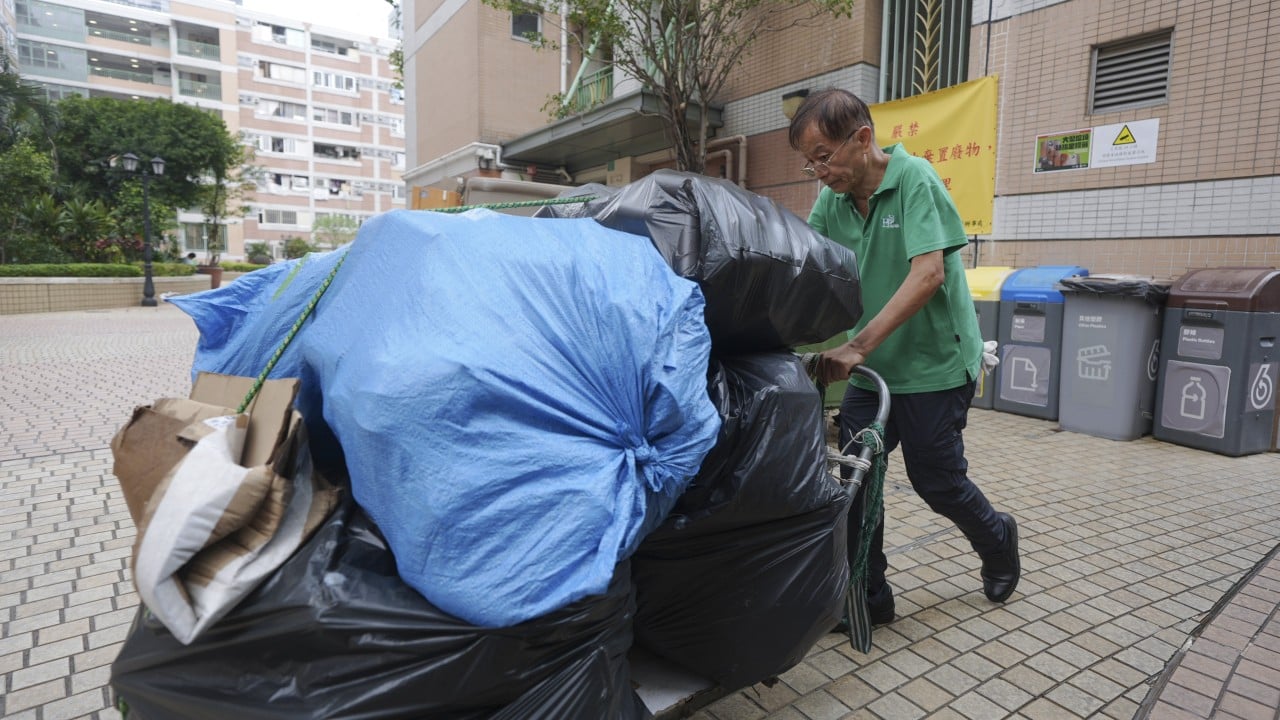These findings were detailed in a paper submitted to the Legislative Council on Friday by the Environment and Ecology Bureau, after district councillors gathered feedback from 750 stakeholders including residents, cleaners, property management operators and businesses. However, the government did not announce any changes to the scheme, which is set to begin on August 1. Most residential buildings and shopping centres saw no change to the amount of waste discharged since the trial, while restaurants, care homes and government premises recorded a reduction of 10 to 20 per cent.
Among the 14 pilot sites, restaurants and government buildings were mostly in full compliance when it came to using designated bags required by the management, while the utilisation rate at shopping centres registered at about 70 per cent. The rates for households were however much lower, with average utilisation at public and private residential buildings ranging from about 20 to 50 per cent. Utilisation rates at ‘three-nil’ buildings – those without maintenance companies, owners’ corporations or residents’ organisations managing them – stood at about 20 per cent.

“Many residents have reflected that the refuse collection charge is a nuisance to the public and some have said that the fee is too expensive, adding to their financial burden,” the paper read. “They are worried that the legislation, when it comes into effect, will increase random littering.” Respondents to the survey were .
















